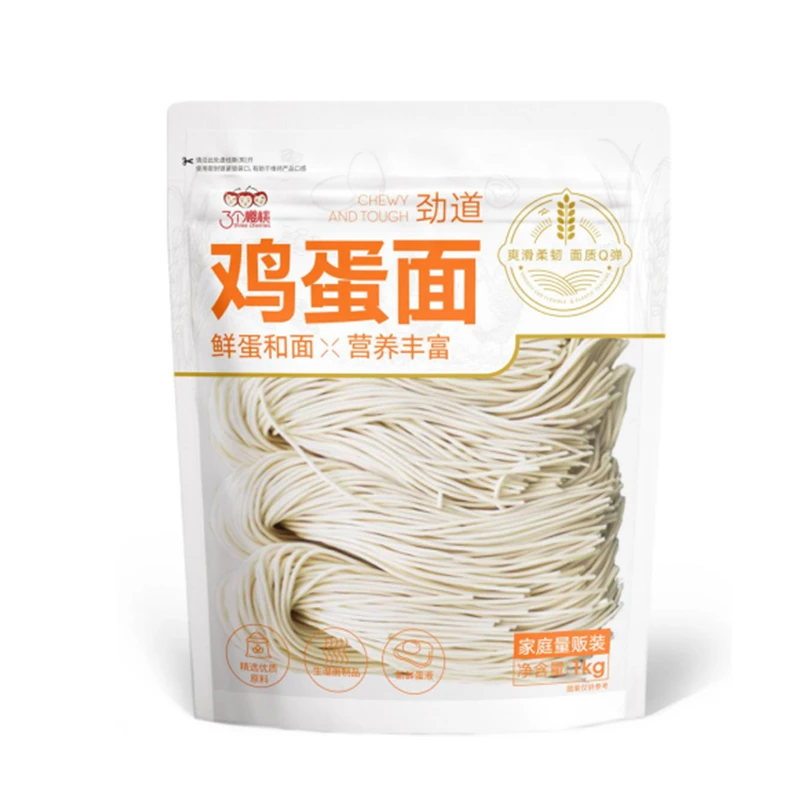soba udon noodles difference
Understanding the Difference Between Soba and Udon Noodles
Noodles are a staple food in many Asian countries, particularly in Japan, where they play a significant role in the culinary landscape. Among the myriad of noodles available, soba and udon are two of the most popular types. Although they may appear similar at a glance, they have distinct characteristics that set them apart. This article delves into the differences between soba and udon noodles, exploring their ingredients, texture, flavor, and culinary uses.
Ingredients
The primary difference between soba and udon noodles lies in their ingredients. Soba noodles are made from buckwheat flour, which gives them their unique earthy flavor and dark color. While some soba noodles may contain a mix of buckwheat and wheat flour, traditional soba is predominantly buckwheat. On the other hand, udon noodles are made from refined wheat flour, resulting in a soft, chewy texture. The key distinction here is that soba is gluten-free when made purely from buckwheat, making it a great alternative for those with gluten sensitivities, whereas udon contains gluten due to its wheat flour base.
Texture and Shape
Texture is another area where soba and udon differ significantly. Soba noodles are typically thin, measuring around 1 to 2 mm in diameter. They have a slightly gritty texture owing to the buckwheat, which contributes to their unique mouthfeel. In contrast, udon noodles are thick and chewy, often ranging from 2 to 4 mm wide. The thickness and chewiness of udon make it a hearty option, perfect for soups and stir-fries.
soba udon noodles difference

Flavor
The flavor profiles of soba and udon also vary considerably. Soba has a nutty, slightly bitter taste from the buckwheat, which can be enhanced with various dipping sauces or broth. This distinctive flavor makes soba versatile as it can be enjoyed cold, often served with a soy-based dipping sauce, or hot in a broth. Udon, however, has a milder taste; the wheat flavor is more subtle, allowing it to absorb the flavors of the dishes it is prepared with. Udon is often served in soup, commonly accompanied by dashi (a Japanese soup stock) and various toppings.
Culinary Uses
The culinary applications of soba and udon are vast. Soba noodles are often enjoyed cold as a refreshing dish in summer, known as zaru soba, served with a cold dipping sauce. They can also be added to soups or salads. Their unique taste allows them to stand out whether served hot or cold. Udon noodles, in contrast, are most commonly served in steaming bowls of broth, making them a comfort food during colder months. Popular dishes include kake udon, a simple udon in broth, and yaki udon, a stir-fried version that incorporates vegetables and proteins.
Conclusion
In summary, while both soba and udon noodles are staples of Japanese cuisine, they differ significantly in terms of ingredients, texture, flavor, and culinary uses. Soba's nutty, earthy characteristics make it an excellent choice for a variety of dishes, especially when enjoyed cold. Udon’s thick and chewy texture makes it a comforting option in warm, hearty soups. Understanding these differences not only enhances your appreciation for Japanese cuisine but also helps you make informed choices when selecting noodles for your next meal. Whether you choose soba or udon, both offer a delightful experience that reflects the rich culinary traditions of Japan.
-
Unleash Your Inner Chef with Delectable Italian Pasta CreationsNewsAug.01,2025
-
Savor Health and Flavor: Irresistible Soba Noodles for Sale Await!NewsAug.01,2025
-
Nourish Your Body with Premium Organic Ramen - A Culinary Delight AwaitsNewsAug.01,2025
-
Elevate Your Dishes with Our Exquisite Kinds of Egg NoodlesNewsAug.01,2025
-
Dive into Flavorful Convenience with Our Ramen OfferingsNewsAug.01,2025
-
Discover Exquisite Types of Naengmyeon and Chilled Soba NoodlesNewsAug.01,2025
-
Is Whole Wheat Pasta Healthy?NewsMay.30,2025
Browse qua the following product new the we

















































































































